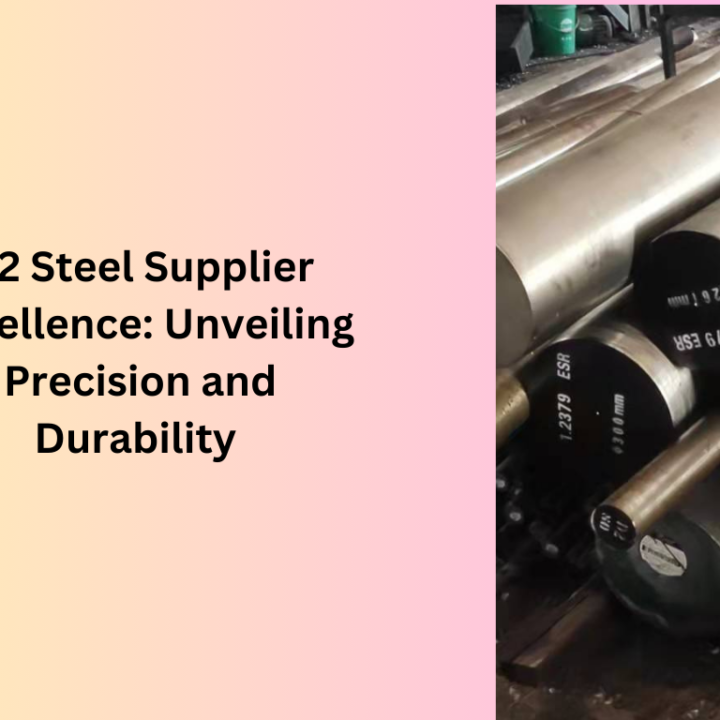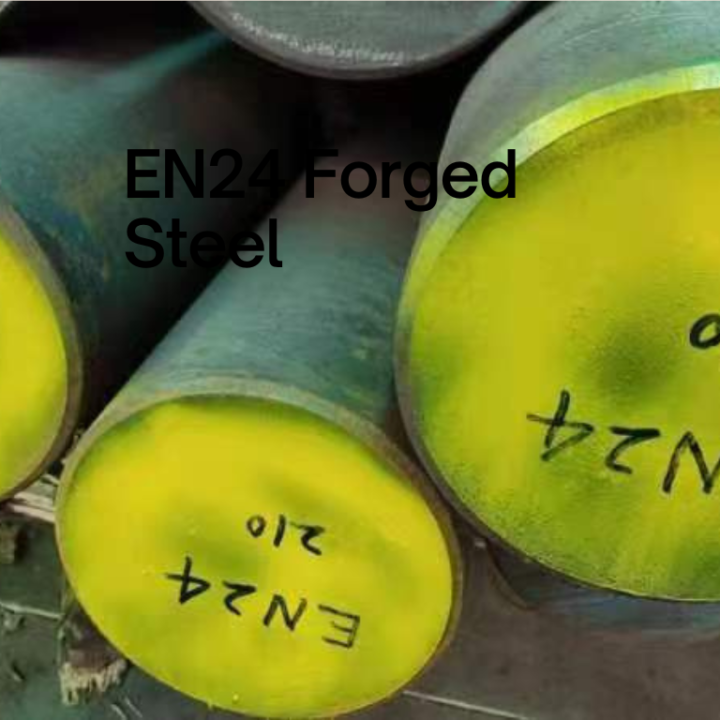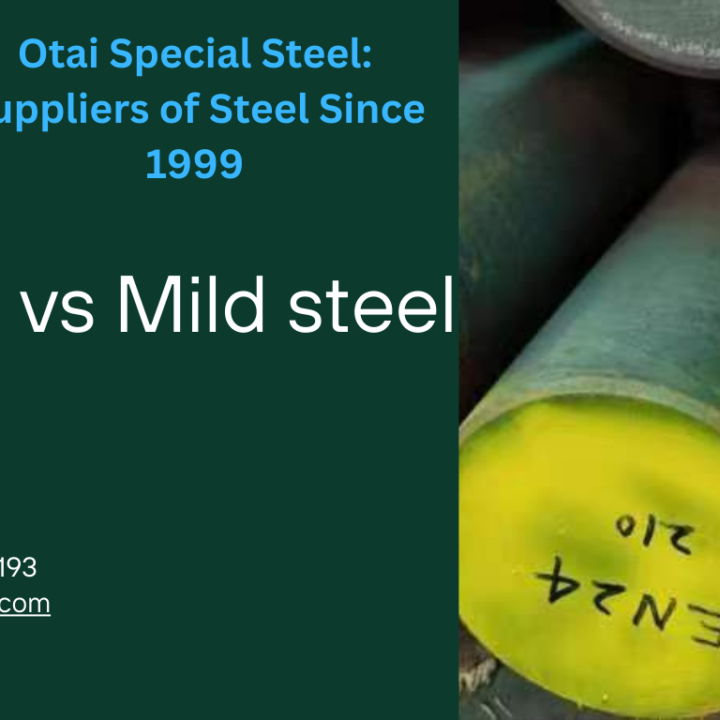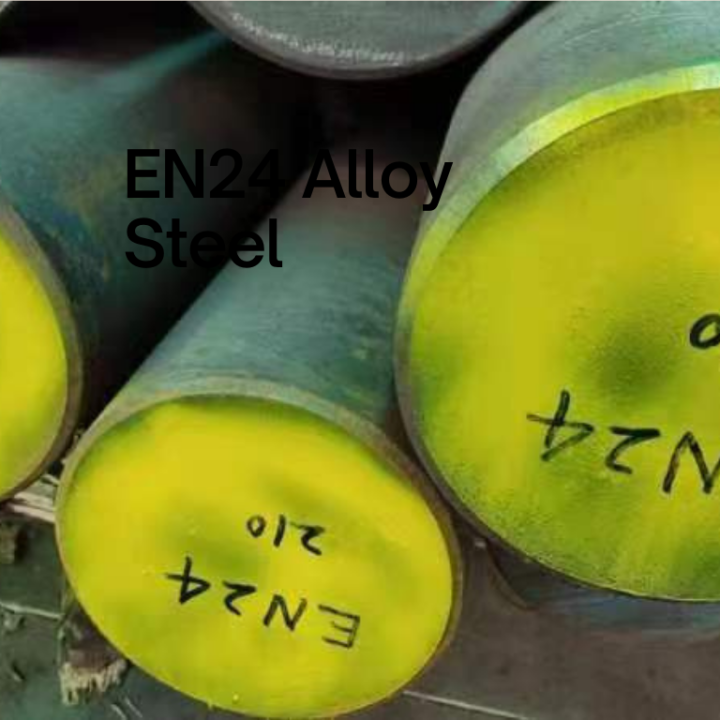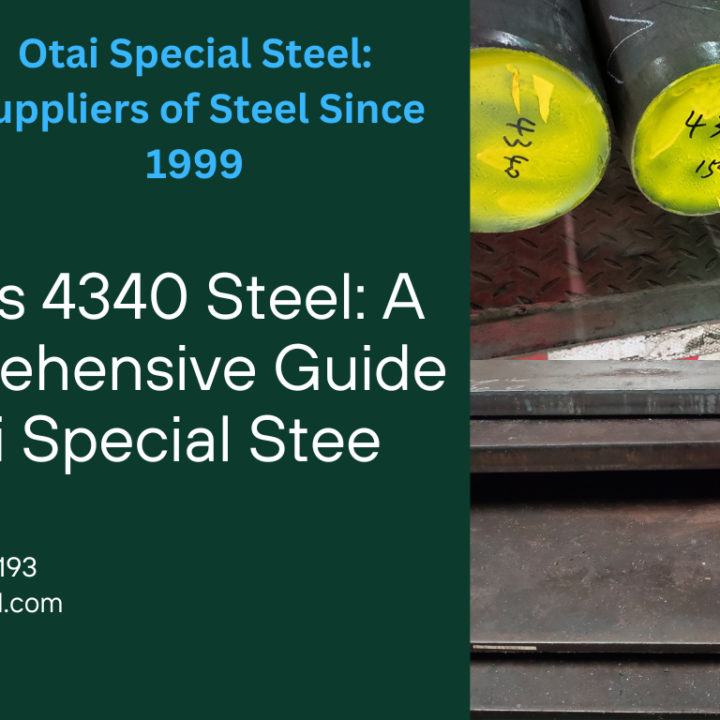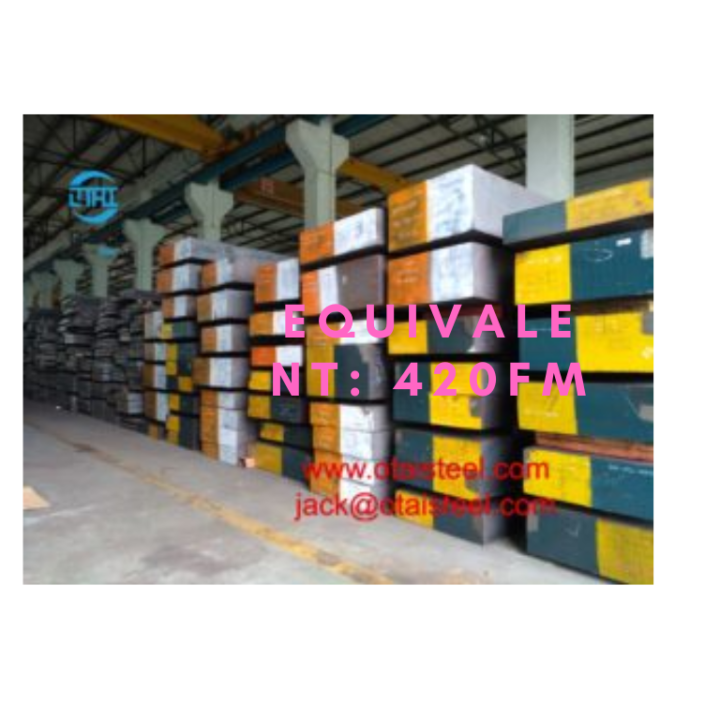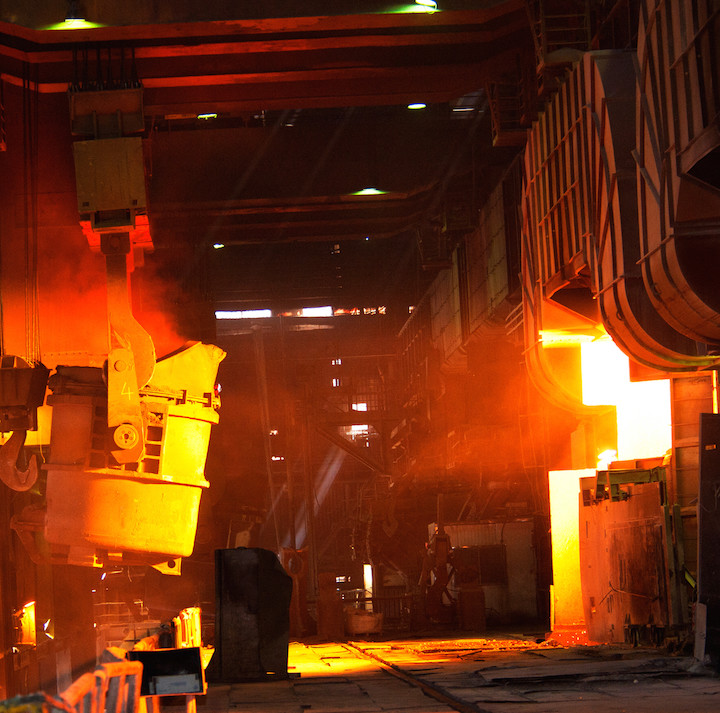China-US War Break Out(trade friction continued), Steel exports as “main battlefield”
Recently, the US Department of Commerce on China’s stainless steel sheet anti-dumping and countervailing investigation to make the final ruling, ruled that Chinese enterprises 63.86% -76.64% anti-dumping tax rate and 75.6% -190.71% countervailing duty rate. From the data point of view, China’s steel exports, the proportion of US exports from 10 years ago, 12% down to 1% now, the main reason is that the US steel companies in China imposed high tariffs.
As early as the campaign stage, Trump for the US trade policy had threatened to impose a 45% tariff on Chinese goods, which many international trade experts as “playing with fire”, but Trump is full of care.
Now, Trump has officially nominated Wilbur Ross, a wealthy investor who has extensive investment experience in the steel industry, as the business minister, and his trade team headed by Dan DiMicco, former chief executive officer of Nucor Corp. and three experience Rich steel trade lawyer. In the words of the industry, the team can be described as “anti-dumping veterans”, so many people predict the probability of Sino-US trade friction increased, while the steel industry will bear the brunt of
January exports fell year on year
For a long time, China’s steel exports have been in a higher volatility pattern, mainly to low-cost advantage as the support, but also because of this, domestic steel exports frequently encountered anti-dumping. The Sino-US trade, “rushing fire”, to China’s steel industry to bring the most direct change is the decline in China’s steel exports.
According to customs statistics released the latest data show that in January China’s steel exports 7.42 million tons, down 23.2%; imports of steel 1.09 million tons, an increase of 17.7%; imports of iron ore 92 million tons, an increase of 12%.
Undeniably, causing this situation with China’s production capacity has a great relationship. This is also the result of the Chinese government’s efforts to reduce steel production capacity. Analyst Xu Xiangchun that the decline is the deep reason for the decline in production capacity to achieve initial results, in particular, strict investigation of the furnace capacity, reducing the long product capacity, production, resulting in reduced exports.
However, from the trade friction factors, can not be ignored.
“There is a wide range of reasons for the decline in steel exports, one of which is the increase in trade friction to restrict exports, according to statistics, only in 2016 in November and December there have been up to 29 times the steel export trade friction, that is, Said an average of 2 days once, seriously affecting the export of steel.
